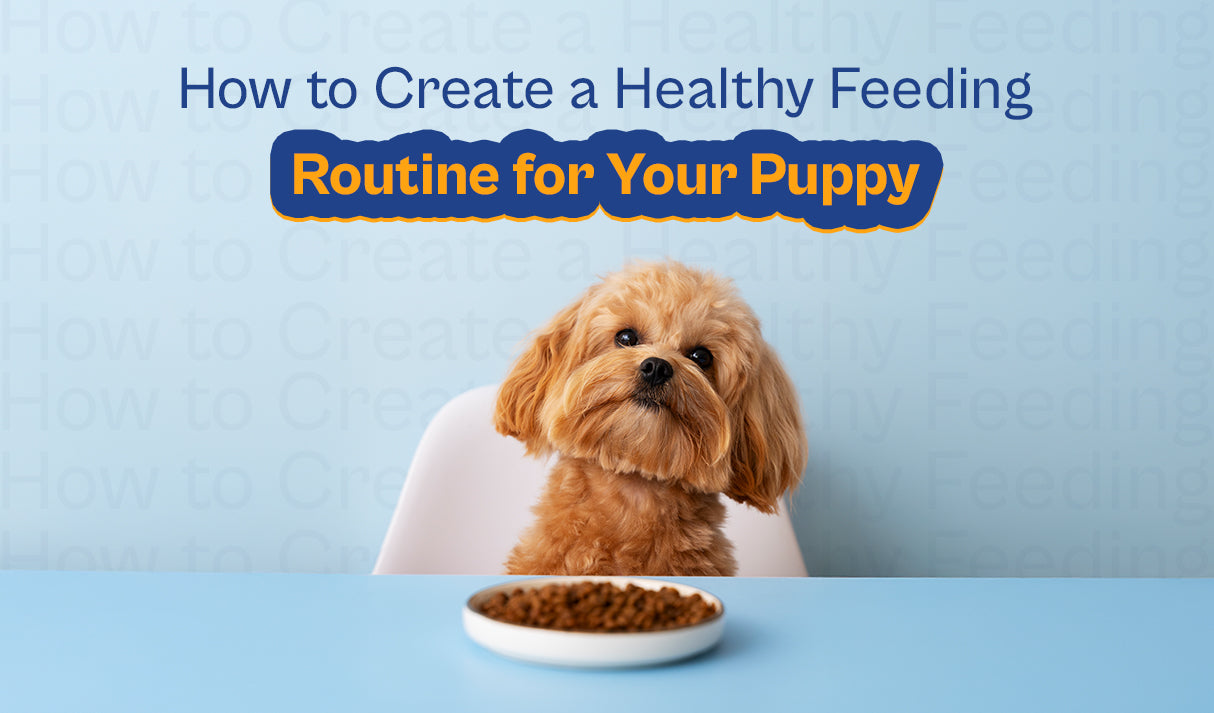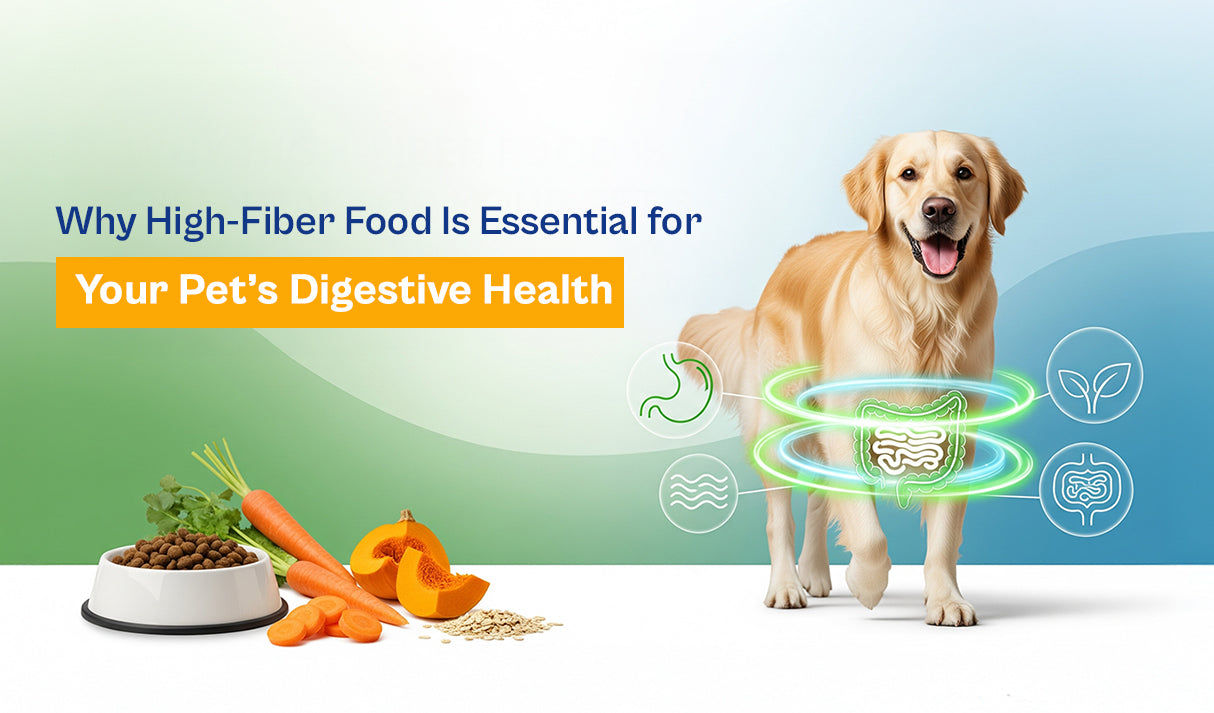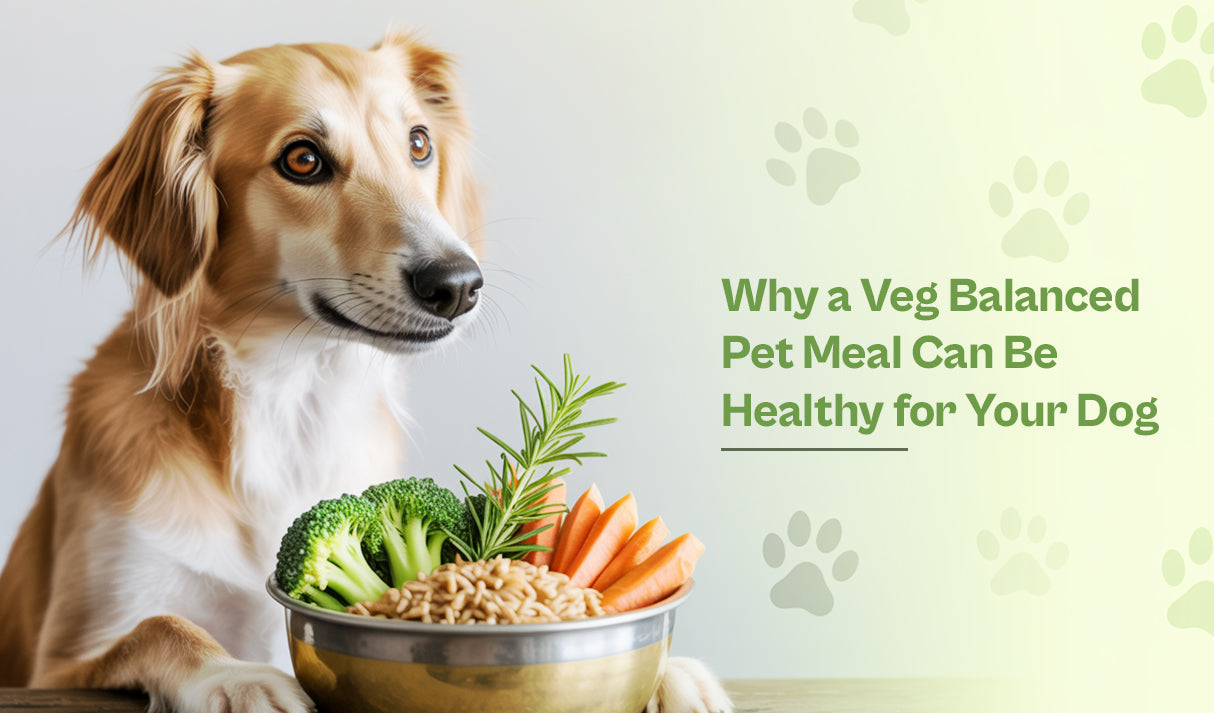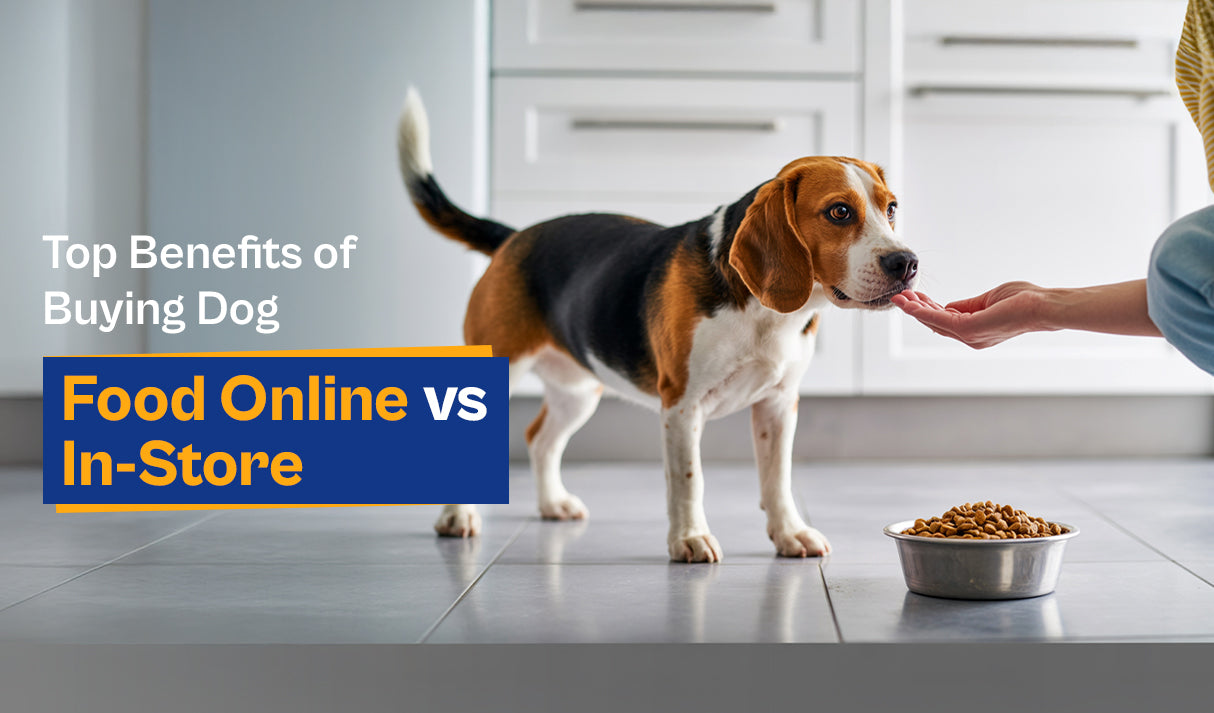How to Create a Healthy Feeding Routine for Your Puppy

I remember the day we brought home Luna, a floppy-eared bundle of energy with paws too big for her body and eyes that followed us everywhere. The excitement was real. So was the panic.
“What do I feed her? How much? When? Is she hungry again or just chewing for fun?”
If you're reading this, chances are you're in the same boat, heart full of love, brain buzzing with questions. The good news? Creating a healthy feeding routine for your puppy isn’t rocket science. It just needs consistency, good food, and a pinch of observation.
Let’s break it down.
Why a Feeding Routine Matters More Than You Think
A feeding routine isn’t just about timing, it sets the foundation for your puppy’s:
-
Digestion
-
Growth and development
-
Energy levels
-
Emotional comfort
Dogs thrive on predictability. When they know when and what to expect, they become calmer, less fussy, and healthier in the long run.
Start With the Right Kind of Food
Your puppy's first few months are a growth sprint. They need food that fuels bones, muscles, and brain development, not empty calories.
Here’s what to look for in nutritious food for dogs:
-
High protein content (for growth)
-
Moderate fat (for energy)
-
High fiber food for pet digestion
-
Added DHA, calcium, and vitamins
One of the easiest ways to ensure this balance is choosing a specialised product like Puppy Power – Chicken & Oats. It offers lean protein from chicken, gentle carbs from oats, and essential micronutrients that support strong bones, shiny fur, and healthy gut bacteria.
Bonus? It’s vet-approved and loved by picky pups.
Understand How Much to Feed (And When)
Unlike adult dogs, puppies have smaller stomachs but higher nutritional needs. They need to eat more often, but not more in quantity.
Here’s a general guide:
| Age | Meals per Day |
| 2–3 months | 4 meals |
| 3–6 months | 3 meals |
| 6–12 months | 2 meals |
Always follow the feeding instructions on your pet food pack, adjusting slightly based on your puppy’s:
-
Breed size
-
Activity level
-
Appetite
-
Weight gain pattern
If your pup leaves food behind often, it might be time to reduce the portion. If they act ravenous even after eating, check with a vet, it could be a growth spurt or a sign to explore other pet care products like chew toys that soothe teething needs.
Pick Fixed Times and Stick To Them
Routine builds trust. Try to stick to regular meal times. For example:
-
Morning: 7–8 AM
-
Midday: 12–1 PM
-
Evening: 5–6 PM
-
Night (for younger pups): 8–9 PM
Keep meals calm, no loud distractions, no play in between bites. This tells your puppy that food time is structured, not chaotic.
And once they’re done eating, allow about 20 minutes of calm before bathroom breaks. It helps regulate digestion (and prevents accidents on your couch).
Create a Calm, Designated Eating Spot
No, your pup doesn’t need a five-star dining setup. But a quiet, consistent place to eat helps them feel secure.
-
Use a clean, non-slip bowl
-
Keep water fresh and close by
-
Avoid placing food near litter boxes or noisy appliances
This routine also supports portion control. If you free-feed (leaving food out all day), it becomes hard to tell how much they’re actually eating.
Buying food from a reliable pet food online store ensures you’re stocking the right products at home, without last-minute store runs or makeshift meals from your fridge.
Use Feeding Time for Bonding and Training
Food is a powerful tool, not just for nutrition, but for behaviour.
Here’s what you can do:
-
Teach your puppy to sit calmly before being served.
-
Praise them once they finish without fuss.
-
Use a few kibble pieces as training rewards in between meals.
Not only does this build discipline, but it also strengthens your connection. And if you're using high-quality pet food, your pup will be more responsive and motivated.
Recognise Red Flags Early
A routine also helps you catch when something’s wrong.
Watch out for:
-
Sudden appetite loss
-
Vomiting or loose stool
-
Excessive scratching or chewing
-
Rapid weight gain or loss
If any of these show up, consult your vet. It might be an allergy, intolerance, or the need for a switch in diet. And when you're exploring new pet food online, look for formulas that list ingredients clearly and avoid fillers like soy, corn, or synthetic flavourings.
Hydration is Part of Nutrition
Never underestimate the power of fresh water.
Ensure:
-
Water is changed twice a day
-
Bowl is washed daily
-
Your pup drinks enough after meals, play, and naps
Sometimes, high-fibre meals increase water needs. So if you’re feeding high fiber food for pet health, up their hydration game too.
Choose the Right Treats (In the Right Amount)
We get it. That face. Those eyes. It’s hard to say no to treats.
But balance is key:
-
Treats should make up less than 10% of daily calorie intake
-
Choose soft chews for puppies that aid teething
-
Avoid sugar, artificial colour, or rawhide
Stick to vet-approved pet care products, and avoid human snacks. Your leftover paratha might be tasty, but it’s not tummy-friendly.
Adjust as Your Puppy Grows
Your puppy’s nutritional needs will change every few months. Keep an eye on:
-
Weight gain
-
Coat quality
-
Stool consistency
-
Energy levels
Around 12 months (or sooner for large breeds), it’s time to transition to adult food. Do it slowly, mixing 25% adult food into the puppy food for 3–5 days, increasing gradually. It helps avoid digestive upset.
Luckily, platforms like Hungertail offer both puppy and adult options. Their Puppy Power blend transitions beautifully into formulas like Adult Achiever when the time is right.
Final Thoughts: Routine = Love (and Less Stress)
Feeding your puppy isn’t just about filling a bowl. It’s a way to build trust, structure, and love into their daily life.
By choosing the right nutritious food for dogs, buying from a trusted pet food online store, and keeping mealtimes consistent, you’re laying the foundation for a healthy, happy future.
And if you’re looking for a fuss-free place to start, check out Hungertail’s Puppy Power – Chicken & Oats. Designed for sensitive tummies and growing needs, it’s the kind of food your pup won’t just eat, but thrive on.
Happy feeding, friend. Your pup’s wagging tail will thank you every day.


